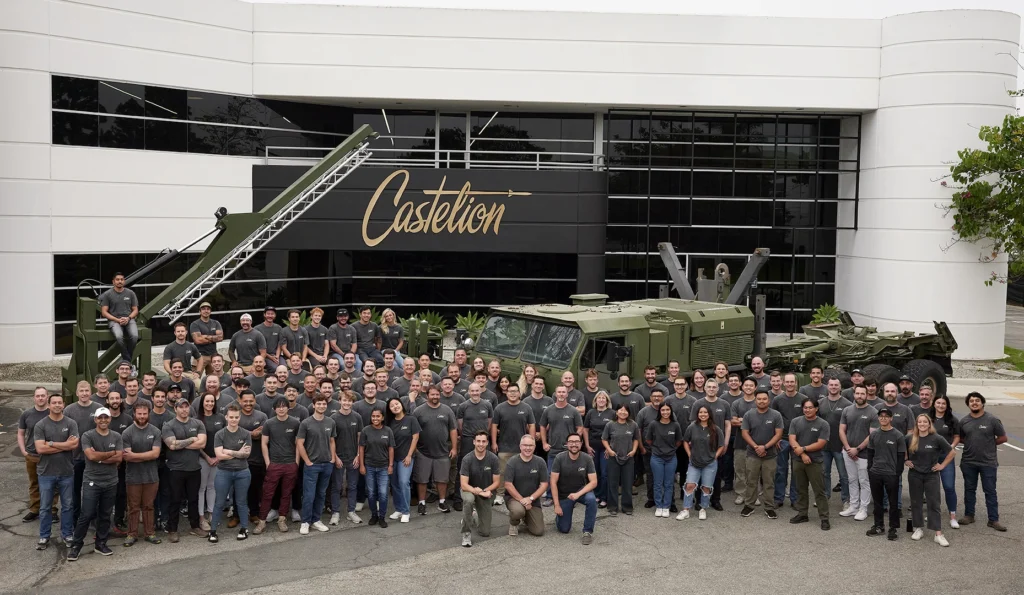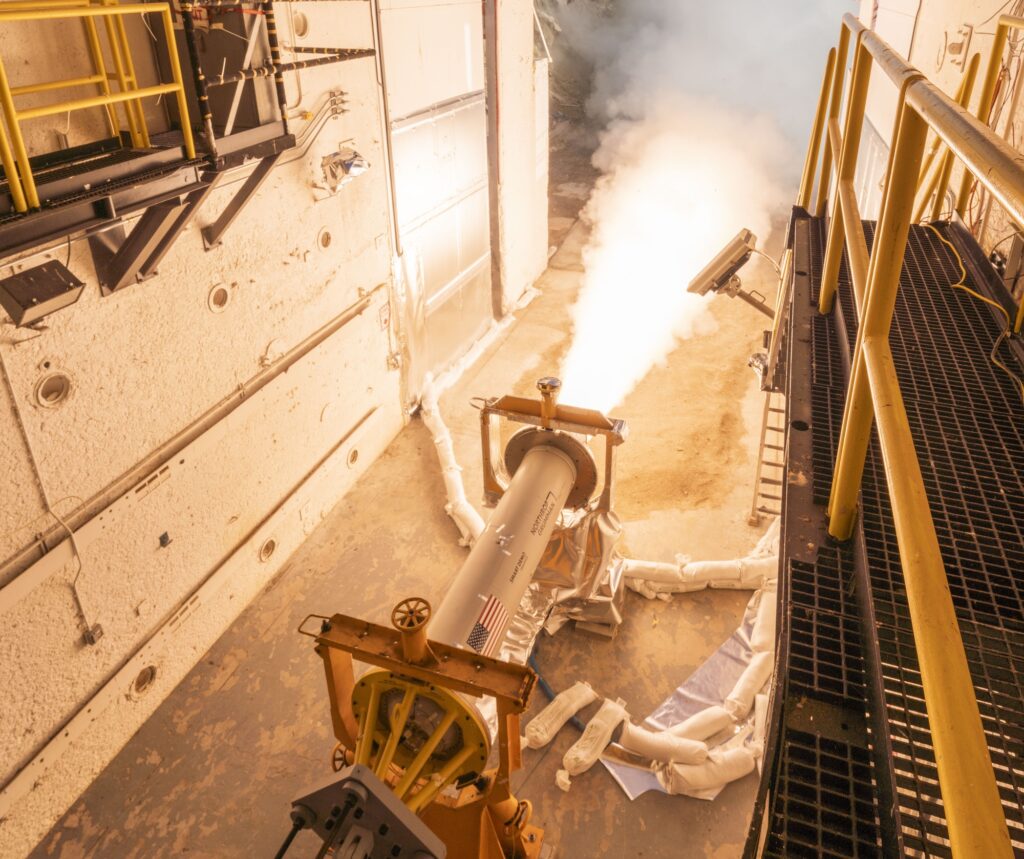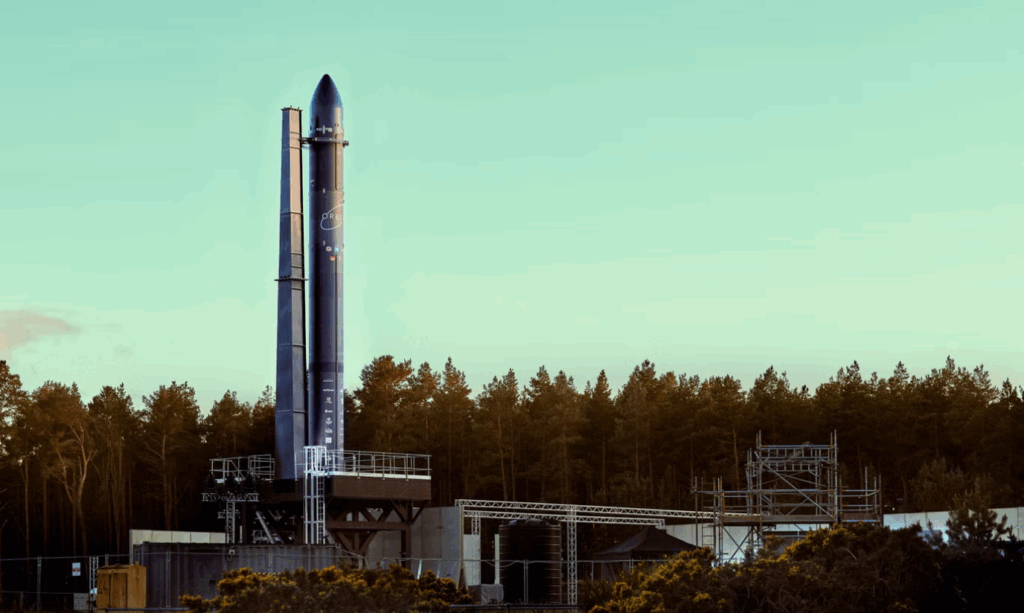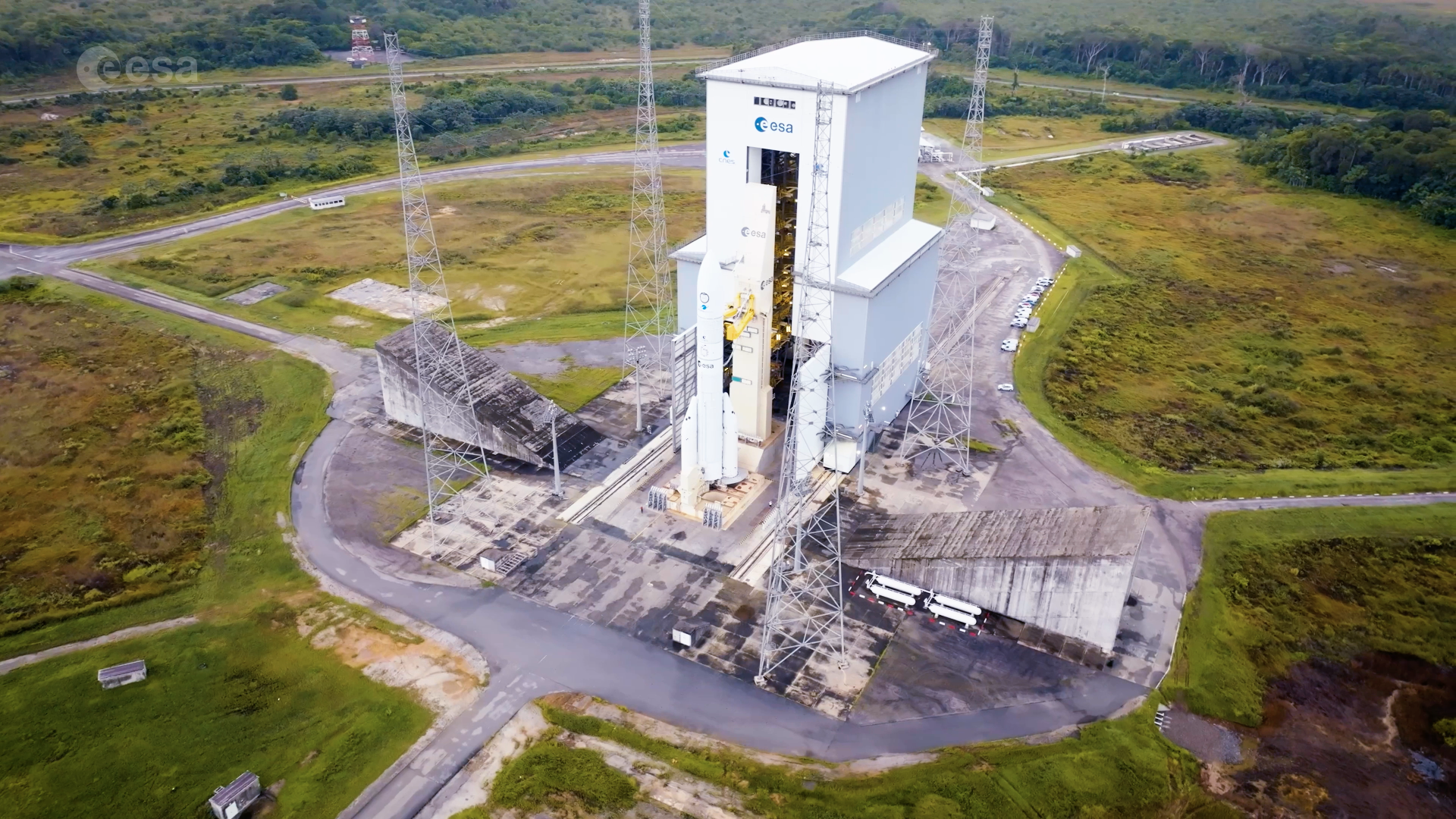Now Reading: The case to build a new ISS: the International Solar Sunshade
-
01
The case to build a new ISS: the International Solar Sunshade
The case to build a new ISS: the International Solar Sunshade

Imagine building a shield in orbit to protect Earth against environmental destruction — a fleet of cooperative satellites forming a massive umbrella that reduces solar energy reaching Earth, mitigating the impacts of climate change. This might sound like science fiction or a politically impossible dream, but it’s neither. It’s an engineering and governance challenge the global space community can solve, given sufficient will and urgency.
The growing challenge of climate change demands action across multiple fronts. Earth-based strategies such as carbon capture, emissions reduction, and energy transitions remain the primary pillars of mitigation efforts. Yet these measures may not be enough, particularly as climate tipping points loom closer, threatening irreversible changes to ecosystems and weather patterns. In this context, space-based geoengineering, particularly a planetary sunshade, offers a complementary approach — one that is global in scope, reversible, and potentially crucial as a “Plan B” if terrestrial efforts falter.
What is a planetary sunshade?
The planetary sunshade concept involves placing a constellation of lightweight spacecraft at strategic points in space, such as the Earth-Sun Lagrange Point 1 (L1) or other high-altitude orbits. These spacecraft would block or scatter a fraction of incoming sunlight, reducing global solar irradiance by approximately 1.7% to 1.8%.

The scale of such a project is staggering: the combined surface area of the sunshades would be roughly the size of Argentina (nearly 2.8 million square kilometers), achieved by deploying many thousands of reflective or refractive elements. In previous research with our colleagues at the Polytechnic University of Turin, Italy, we offered a technology and policy framework for a planetary sunshade system. The feasibility of the planetary sunshade depends on the advancement of several innovative technologies, including solar sails, autonomous in-space assembly and manufacturing (ISAM), advanced propulsion systems and others.
Importantly, planetary sunshades differ from other geoengineering proposals, such as injecting aerosols into the stratosphere, because they are reversible. If unintended side effects arise, the sunshade elements could be decommissioned or reconfigured. This flexibility is essential in managing the risks of such a novel intervention.
A global imperative
Shared transnational goals have galvanized international cooperation in the past, as evidenced by the Paris Agreement and the success of collaborative projects like the International Space Station (ISS). Yet, implementing a planetary sunshade will require an even greater level of coordination, innovation, and investment. Without clear global agreements, the governance of in-space geoengineering could become fragmented, leading to uncoordinated or even competitive efforts that risk undermining trust and effectiveness. Conversely, a well-structured global initiative could serve as a powerful symbol of humanity’s ability to unite against a common existential threat.
Fortunately, the global space community has a positive track record with respect to successful development, deployment and management of international civil space architectures.
Namely, the enduring transnational success of the International Space Station, as well as the Artemis Accords for lunar exploration, are two cornerstones of peaceful collaboration. The approaches taken to fund and govern these two programs, along with climate-focused initiatives, could be used as benchmarks for the international community to develop a new model for in-space geoengineering.
Both ISS and the Artemis Accords provide valuable models for collaboration. The ISS demonstrated how diverse nations could share resources, technical expertise, and operational responsibilities, while the Artemis Accords established principles for peaceful cooperation in space exploration. Building on these precedents, we envision the establishment of international planetary geoengineering accords. These accords would define the regulatory, ethical, and operational principles for in-space geoengineering. Key provisions should include:
- Shared oversight: An international civil organization, modeled on the United Nations Office of Outer Space Affairs (UNOOSA) or the International Civil Aviation Organization (ICAO), could oversee the project. This body would coordinate research, allocate capacity, and ensure compliance with global norms.
- Equitable participation: Funding mechanisms tied to metrics like GDP or carbon emissions could ensure all nations contribute proportionally to the project while incentivizing participation.
- Risk management: Clear protocols for risk assessment, monitoring, and de-escalation would minimize unintended consequences. Transparency and public engagement would be central to building trust.
- Technical and operational standards: Interoperability between spacecraft, launch systems, and ground operations would facilitate international collaboration and avoid duplication of effort.
The governance framework must also address concerns about the militarization of in-space space geoengineering and the potential for unilateral actions. By involving diverse stakeholders from the outset, including governments, industry, and civil society, the accords can establish a robust, inclusive foundation for the project.
Technical architecture: building the sunshade
The technical challenges of deploying a planetary sunshade are immense, but they are surmountable with coordinated effort and technological innovation. We introduced a framework to enable comparisons between different approaches and to focus progress across all the complex issues that are involved. Our conceptual framework consists of five interconnected layers, each addressing a critical aspect of the project:
- Environmental outcomes: The apex of the framework, this layer defines the project’s goal: mitigating climate change. The specific outcomes align with established sustainability goals, such as those outlined in the EU Sustainability Taxonomy. This layer of the framework acknowledges the interconnectedness of terrestrial and space-based efforts, including Earth observation missions that inform adaptation strategies.
- Governance: This part of the framework translates environmental objectives into actionable policies and partnerships. It encompasses international agreements, funding mechanisms, and regulatory frameworks to guide the project’s development and operation.
- Mission systems: This layer focuses on the operational architecture, including orbit selection, spacecraft design, and system-of-systems integration. For example, positioning the sunshades near L1 would require precise station-keeping and advanced propulsion technologies.
- Solution design: This layer bridges high-level mission concepts and technical implementation. It incorporates subsystems such as energy harvesting, autonomous assembly, and optical materials, drawing on the NASA Technology Taxonomy and other sources.
- Execution and infrastructure: The foundational layer of the framework addresses manufacturing capacity, system deployment, and operations. Emerging capabilities like ISAM will play a critical role in ensuring the project’s scalability and adaptability.
Each layer in the framework supports the layer above it while deriving value from the layer below, creating a cohesive system that balances vision, feasibility, and execution perspectives.
Innovation and sustainability
The success of the planetary sunshade depends not only on technical ingenuity but also on adherence to principles of sustainability. This includes minimizing waste, promoting circular economies, and adopting green manufacturing and launch practices. For instance, reusable launch vehicles and in-orbit recycling of materials could significantly reduce the project’s environmental footprint.
Moreover, the sunshade initiative offers an opportunity to drive broader advancements in space technology. Innovations developed for the project — from lightweight materials to autonomous assembly systems — could have spillover benefits for other sectors, enhancing the overall capacity of sustainable operations in space.
A call to action
As humanity grapples with the escalating impacts of climate change, the planetary sunshade presents both a challenge and an opportunity. It challenges us to think beyond traditional boundaries, to envision a world where space and Earth-based mitigations work cooperatively to protect our planet. At the same time, it offers an opportunity to showcase the best of human ingenuity and cooperation.
Much like the current ISS, the International Solar Sunshade would symbolize what is possible when nations unite for a common purpose. The stakes are high, given that the health of Earth’s biosphere, and the well-being of generations to come, may depend on the outcome. If executed properly, planetary sunshades will provide a safeguard against irreversible climate tipping points. However, their development must be met with ethical considerations, interdisciplinary collaboration and strong governance to ensure that the risks are managed and benefits equitably shared. The problem of climate change is potentially dire, so the time is now to start developing the system architecture, international governance structure, and underlying technologies for a “Plan B” for a secure and stable planet.
S. Sita Sonty is partner and Managing Director for Aerospace, Defense, and Aviation at AlixPartners and a former CEO and SpaceX alum.
Bruce Chesley, Ph.D., is Senior Associate with TSTI, a workforce development firm specializing in space and systems engineering. He is a former industry executive and USAF officer.
Stay Informed With the Latest & Most Important News
Previous Post
Next Post
-
 012024 in Review: Highlights from NASA in Silicon Valley
012024 in Review: Highlights from NASA in Silicon Valley -
 02Panasonic Leica Summilux DG 15mm f/1.7 ASPH review
02Panasonic Leica Summilux DG 15mm f/1.7 ASPH review -
 03How New NASA, India Earth Satellite NISAR Will See Earth
03How New NASA, India Earth Satellite NISAR Will See Earth -
 04And Thus Begins A New Year For Life On Earth
04And Thus Begins A New Year For Life On Earth -
 05Astronomy Activation Ambassadors: A New Era
05Astronomy Activation Ambassadors: A New Era -
06SpaceX launch surge helps set new global launch record in 2024
-
 07From Polymerization-Enabled Folding and Assembly to Chemical Evolution: Key Processes for Emergence of Functional Polymers in the Origin of Life
07From Polymerization-Enabled Folding and Assembly to Chemical Evolution: Key Processes for Emergence of Functional Polymers in the Origin of Life




















